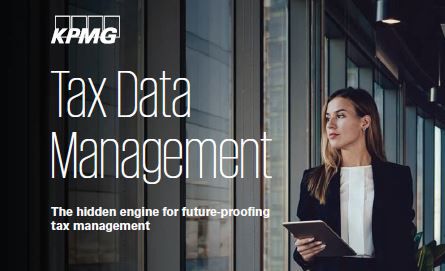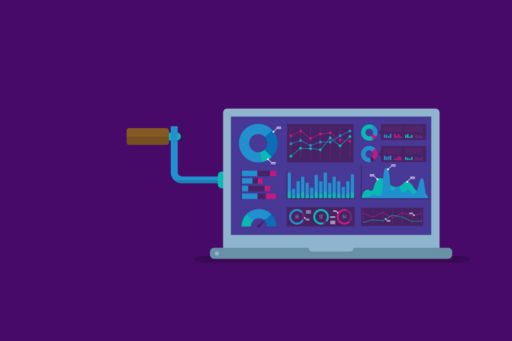“Without data, you’re just another person with an opinion” W. Edwards Deming
Five years ago, we often cited Deming’s famous quote to describe the importance of using data in our work and daily life. At the time, data and analytics were on the rise as a forward-looking trend through which we could set ourselves apart from the pack.
Now, in 2021, we would rephrase this quote as: ‘Without trust in your data, you’re just another person that consumes data’. This shows just how far the use of data and analytics has been commoditized and become essential. Today we produce, consume and rely so heavily on data and algorithms that it’s critical to have comfort that this data is accurate and transparent enough to drive real-time decision making. The world of tax has been lagging in terms of investment in, and adoption of, data and technology in a broader sense.
This seems odd. If there were only one area where data is crucial to support decision making, it might well be tax. Every single tax calculation — corporate tax, indirect tax or transfer pricing — is based on data that is produced somewhere every minute, in real time. This is not new for tax-paying organizations, but over the past several years, tax administrations around the world have started to undergo digital transformation, producing new data-related opportunities and challenges and requiring companies to sharpen their focus on tax data management.
Future-proof tax data management

Takeaways for tax leaders
Over the past 5 years, tax functions have come to rely heavily on data and algorithms, and it’s increasingly critical that tax teams can count on its accuracy, completeness and availability. Designing and implementing such a solution requires the right mix of technology and organizational change management. For many companies, the best approach is to start small while keeping the big picture in mind, using a step-by-step approach as a proof of concept and to add value along the way toward fully automated tax data management solutions. With a system that produces data right the first time, companies can eliminate much of the searching, correcting and converting of data that can now consume up to 70 percent of compliance time. This can free tax teams to make more strategic use of their company’s tax data, deriving insights that can help improve business decisions and elevating the tax team’s position as a valued partner to the rest of the business.
Authors
Alexander Zegers, Director, KPMG Meijburg & Co
René Duijkers, Manager, Tax Technology &Transformation, KPMG in the Netherlands
Lachlan Wolfers, Global Head of Data and Global Indirect Tax, KPMG International











